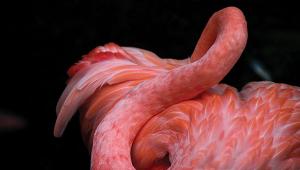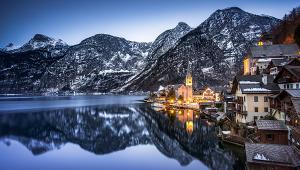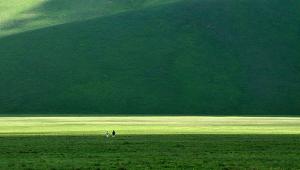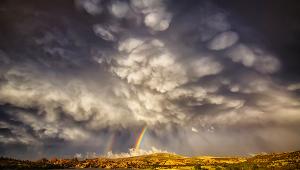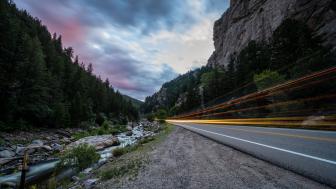Picture This
Pan It
| Our assignment for this month was panning and we got a slew of images from readers showing that they had really mastered the technique. Panning is accomplished by setting your camera to a slow shutter speed and then following a subject as it moves past. It's another way that photography allows us to see the world in a way that is impossible for the unaided eye. We received images of everything from sports action to birds on the wing, and a few that caught us by surprise. So the next time you want to try a fun technique slow down that shutter and give panning a try! |
||
|
|
Shoot
That Puck: Les Whitford captured the quick motion of a hockey game and
this Salmon Arm Silverbacks player. He worked with a Canon EOS D60 with
a Canon EF 100-400mm L lens. Exposure was 1/20 sec at f/4.5 with the ISO
set at 200.
|
|
Picture This! - Our Next Assignment Colorful Cars Our next Picture This! assignment is "Colorful Cars." Photographing automobiles, especially at car shows, can be a challenge, because there's crowds of people and the cars are often parked closely to one another. The secret, if there is any, is to get close and use lots of depth of field by selecting the smallest possible apertures. Tip: Wide angle lenses help. They provide a greater range of sharpness and let you get closer, cropping the car tightly, eliminating extraneous details. This photo was made with a
Canon EOS-1N and 28-90mm zoom at f/8 with Kodak Elite Chrome Extra Color,
Joe Farace's favorite film for photographing cars. The extra contrast
and enhanced saturation are perfect for this photo that basically features
three colors (not counting black) of white, yellow, and blue. There were
800 cars and many thousands of people at this car show, but using a low
angle simplified the background and made for what, Farace thinks, is a
stronger composition. Send your image
and information to: |
||











